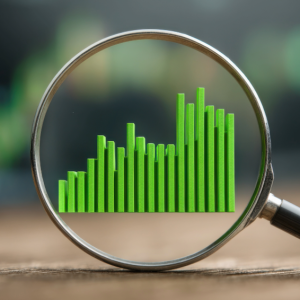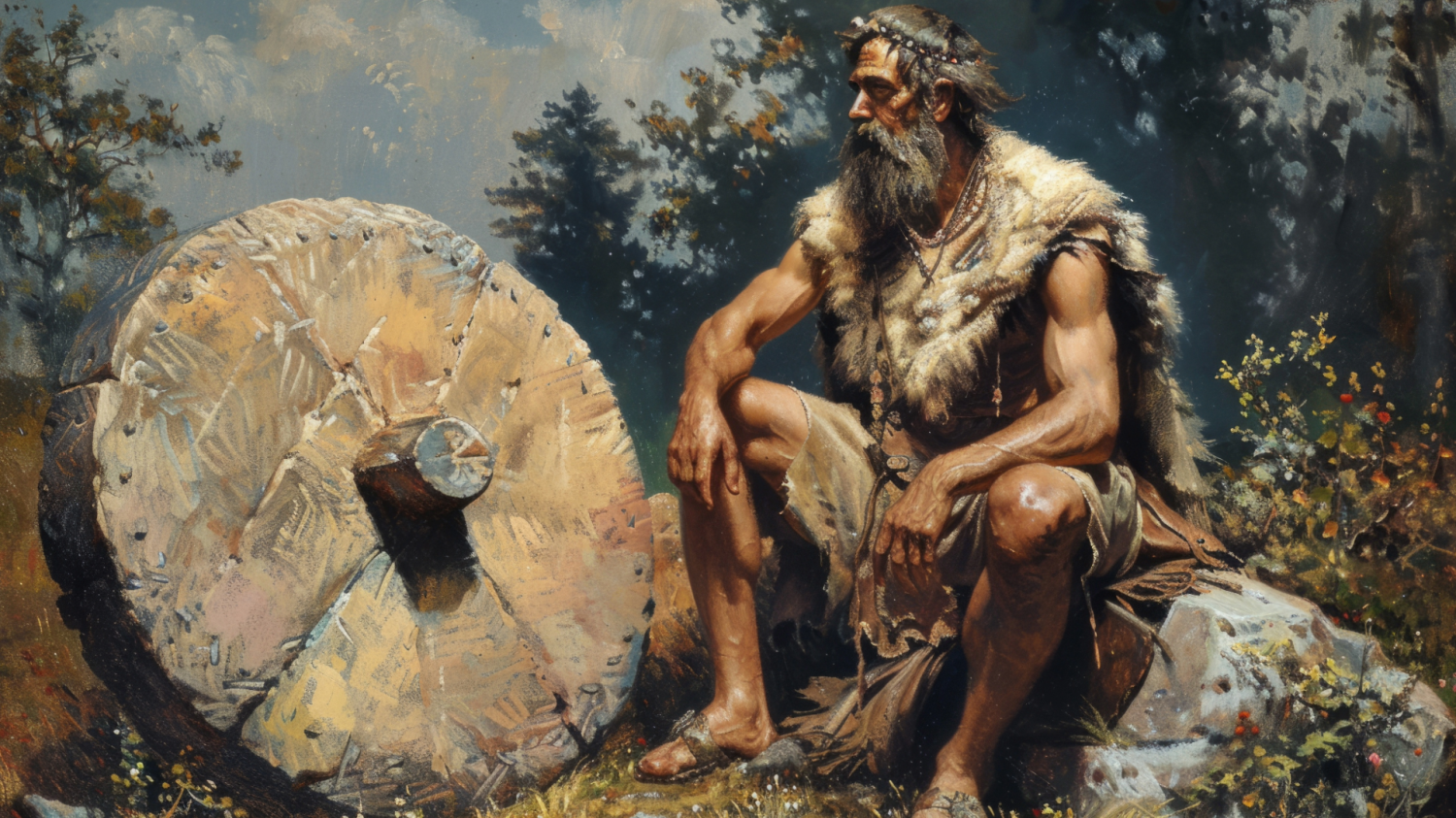The Evolution of Collectibles: From Caveman Tools to Digital Tokens
Imagine this: a burly caveman in a leopard-print tunic holds up a shiny rock and grunts proudly, showing off his prized possession to his cave buddies. They ooh and ahh in admiration, and thus, the very first collectible is born. Fast forward a few millennia, and here we are, trading Pokémon cards, rare sneakers, and digital NFTs.
The journey of collectibles is as old as human civilization itself, and it’s filled with quirky stories, fascinating trends, and a few head-scratching moments (we’re looking at you, Beanie Babies 🧸). So, let’s take a hilariously insightful stroll through history and see how we got from prehistoric tools to blockchain-powered treasures.
The Caveman Era: Rocks, Bones, and Early Bling
Before museums, eBay, or Facebook Marketplace, there was the great outdoors. Cavemen collected what they valued: sharp rocks for cutting, shiny stones for status, and animal bones for storytelling. These early collectibles weren’t just practical; they were symbols of power and prestige.
Imagine a Neanderthal flexing his collection of sharp flint knives—basically the prehistoric equivalent of showing off your rare comic book collection. If you had the coolest rock on the block, you were the influencer of your cave community.
Ancient Civilizations: Gold, Gems, and Glory
Fast forward to the ancient Egyptians, Greeks, and Romans, where collecting turned luxurious. These societies hoarded gold jewelry, gemstones, and ornate pottery. The Egyptians even buried their collectibles with them—because who wouldn’t want to flaunt their treasures in the afterlife?
Meanwhile, the Romans collected art and coins, proving they were cultured and rich. Roman emperors might’ve held the first collectible auctions, trading rare sculptures and relics to showcase their wealth. If Instagram existed back then, you can bet Caesar would’ve posted a boomerang of his latest golden goblet.
The Middle Ages: Religious Relics and Knightly Collections
During the Middle Ages, collectibles took a spiritual turn. People prized religious relics—bones of saints, fragments of holy artifacts, and even vials of holy water. These treasures were displayed in grand cathedrals, attracting pilgrims from across the land.
Knights and nobles, meanwhile, collected weapons and armor, flaunting their elaborate swords and shields like medieval fashion statements. A knight’s armory was basically the Rolls Royce garage of its time.
The Renaissance: Cabinets of Curiosities
The Renaissance wasn’t just about painting ceilings and writing sonnets—it was also about collecting everything. Wealthy Europeans assembled cabinets of curiosities filled with fossils, rare coins, scientific instruments, and bizarre items like taxidermied animals.
These cabinets were the ultimate conversation starters, showcasing their owners’ intellect and taste. Think of them as the original Instagram grids, but instead of selfies, they featured preserved lizards and antique globes.
The Industrial Revolution: Stamps, Coins, and the Rise of Hobbies
The 19th century brought a boom in mass production, and suddenly, collecting became a hobby for the masses. Stamps and coins became wildly popular, with enthusiasts meticulously organizing their collections in albums.
Meanwhile, trading cards began to emerge, thanks to cigarette companies inserting them into packs as promotional items. Who knew that the precursor to baseball cards was advertisements for tobacco?
The 20th Century: Collecting Goes Pop Culture
The 20th century was a golden age for collectibles, driven by pop culture, advertising, and good old-fashioned nostalgia.
- 1950s: Kids collected baseball cards and comic books, unknowingly sitting on fortunes that their parents would later throw out.
- 1980s: Star Wars action figures, Barbie dolls, and video games became hot commodities.
- 1990s: Beanie Babies created a worldwide frenzy, proving that people will fight over anything if it’s rare and has a cute face.
The Digital Age: NFTs, Virtual Real Estate, and Blockchain
Welcome to the 21st century, where collecting is no longer limited to physical objects. The rise of the internet and blockchain technology has ushered in a new era of collectibles:
- NFTs: These digital assets are the modern-day equivalent of rare art, but instead of hanging on your wall, they live on your screen. From digital art to music to memes, NFTs have turned intangible items into coveted treasures.
- Virtual Real Estate: Platforms like Decentraland allow people to buy and sell virtual land—because who doesn’t want to own beachfront property in the metaverse?
- Digital Cards and Games: Gamers are now trading rare skins and in-game items, proving that the line between reality and the digital world is blurrier than ever.
Enter Collectiblepedia: Your Guide to the Universe of Collectibles
Amid this ever-evolving landscape, one platform stands out as the ultimate resource for collectors of all kinds: Collectiblepedia. Whether you’re into ancient artifacts, pop culture memorabilia, or the latest digital tokens, Collectiblepedia is your go-to hub for all things collectible.
Why Collectiblepedia?
1️⃣ Comprehensive Knowledge: From caveman tools to NFTs, Collectiblepedia provides in-depth insights into the history, trends, and value of collectibles.
2️⃣ Vibrant Community: Connect with fellow enthusiasts, share your treasures, and discover like-minded collectors who understand your passion.
3️⃣ Daily Updates: With new entries added every day, there’s always something fresh to explore. Dive into the latest trends and uncover hidden gems in the world of collectibles.
4️⃣ User-Friendly Experience: Whether you’re a novice collector or a seasoned expert, Collectiblepedia offers a seamless and engaging experience to explore, learn, and connect.
Join the Evolution of Collecting
From the shiny rocks of cavemen to the digital tokens of the metaverse, collecting has always been about passion, storytelling, and the thrill of discovery. And in this ever-changing world, Collectiblepedia is here to guide you every step of the way.
Ready to explore the universe of collectibles like never before? Visit Collectiblepedia today and start your journey through the fascinating history, exciting trends, and limitless possibilities of collecting.
🌟 Your next treasure is waiting—discover it with Collectiblepedia!
#CollectiblesJourney #FromCavemanToCrypto #Collectiblepedia #CollectorsUnite #DigitalTreasures #HistoryOfCollecting







